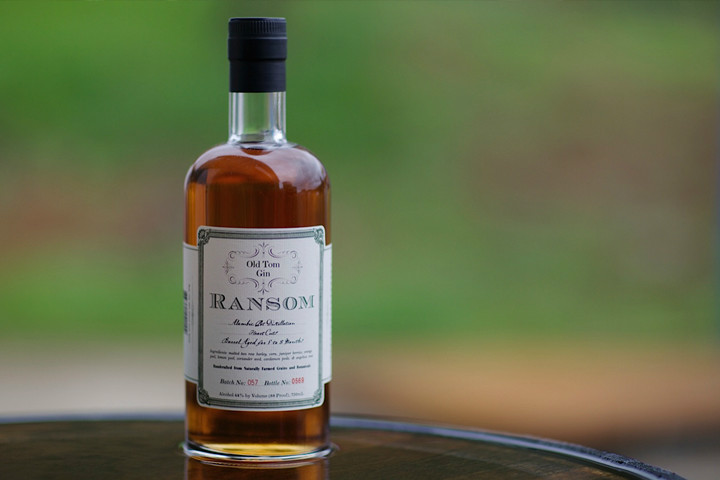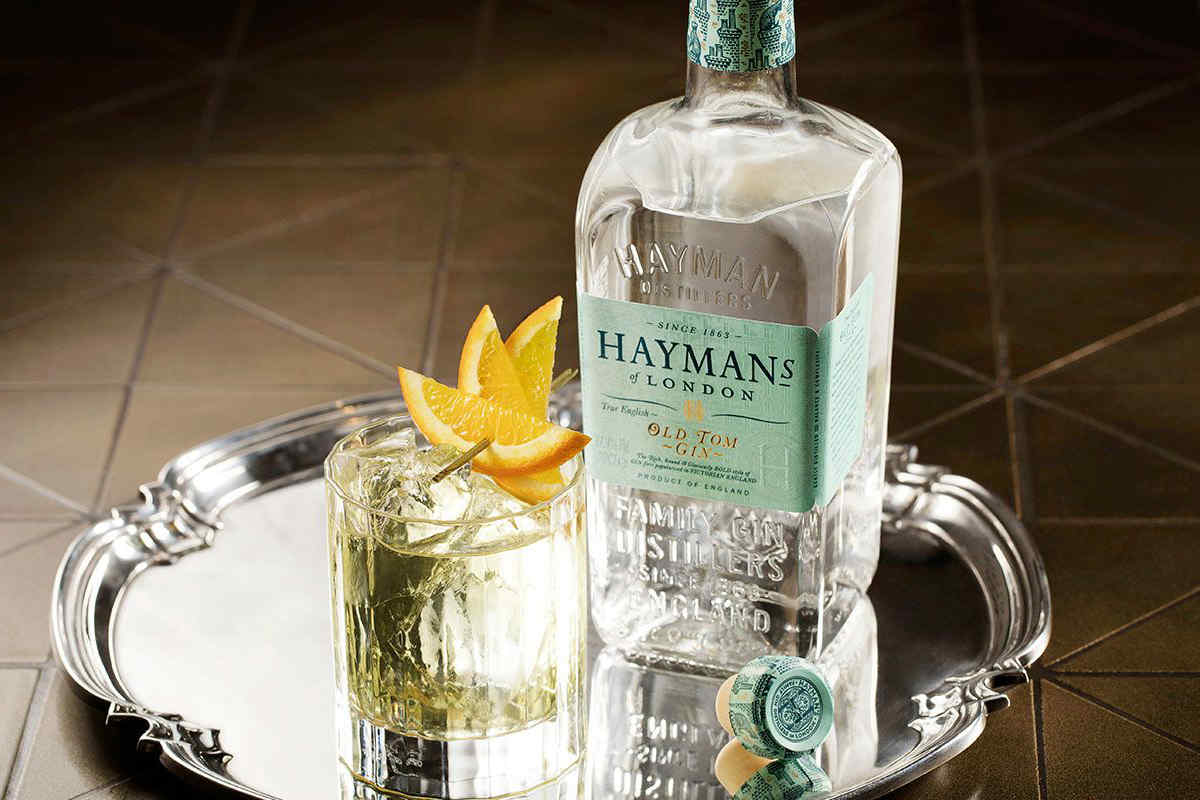Old Tom is something like the Jurassic Park of gins: it was once a dominant category, then suffered extinction, and eventually was resurrected in modern times. Impossible to find until about a decade ago, Old Tom gin now pops up on cocktail menus from coast-to-coast. But, unlike the more common and self-explanatory London Dry style, Old Tom’s name reveals precious little about its content and production.
What Is Old Tom Gin?
The short and unsatisfying answer is: it’s hard to say. Legend surrounds its origins, and Gin: A Global History by Lesley Jacob Solomonson credits the name to a bootlegger named Captain Dudley Beardstreet who cashed in on England’s mid-18th century Gin Craze. Amid the wave of anti-gin laws that followed, Beardstreet hung a sign depicting an old tom cat from his window to draw attention to a slot that dispensed gin if a passerby dropped in a coin.
According to Solomonson, “Old Tom” became a byword for gin during the years of anti-gin legislation that began with the 1736 Gin Act and lasted until 1760, when a short ban on distilling was lifted. During this time, gin was sold in barrels and was often sweetened with sugar to mask its questionable quality.
The first Old Tom gins were pot-distilled and malty in a way that resembled genever. The invention of the Coffey still in 1830 made them cleaner and slightly drier, but they remained sweeter than the London Dry style that would eventually overtake it. Old Tom gins are often described as the “missing link” between genever and London Dry gin.
Old Tom’s popularity continued throughout the 19th century. In Imbibe!, David Wondrich recounts that the 1887 revision of Jerry Thomas’s How to Mix Drinks: Or The Bon-Vivant’s Companion called for Old Tom gin in eight of its gin recipes.
But changing tastes, the rise of the Dry Martini, and Prohibition took their toll. By the 1960s, Old Tom had vanished. In Imbibe!, which was first published in 2007, Wondrich states that Old Tom is “completely unavailable.”
Popular Old Tom Gin Brands

Photo: Ransom Spirits
That soon changed. In 2007, Hayman’s released an Old Tom gin based on a family recipe. Ransom Old Tom Gin followed in 2009, and was based on David Wondrich’s historical research into the style.
But the first two Old Toms to be released in decades didn’t do much to codify the spirit. Hayman’s is distilled from grain, clear, unaged, and sweetened with sugar, while Ransom’s is distilled from malted barley, light gold in color, aged in wine barrels, and sweetened only with botanicals.
More Old Tom gins have followed, including those from Anchor Distilling Co., Dutch Courage, Gin Lane 1751, and Jensen’s. Classification still hasn’t been shored up, but as a general definition, Old Tom gins should have a rounded, sweeter character than London Dry, whether that is achieved through a malt base distillate, added sugar, or botanicals.
Old Tom Gin Basics
- Old Tom gin is sweetened through a malt base distillate, added sugar, or botanicals.
- Juniper is not the dominant flavor.
- Old Tom gin may be aged or unaged.
How to Use Old Tom Gin
The Martinez, a classic cocktail that is considered a precursor to today’s Martini, famously used Old Tom gin in its earliest incarnation. Old Tom was also found in early versions of the Tom Collins, and was most certainly mixed with tonic water.
You can use Old Tom in just about any drink that calls for gin—just know that you’ll be getting a different cocktail than if you opted for London Dry.



